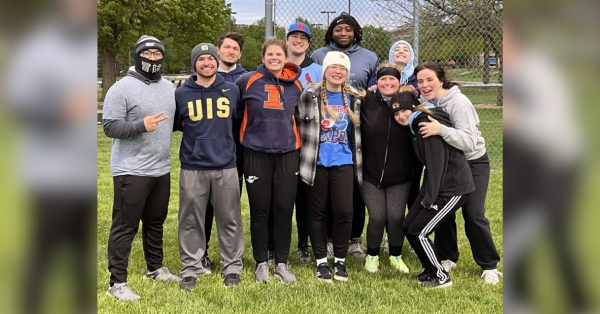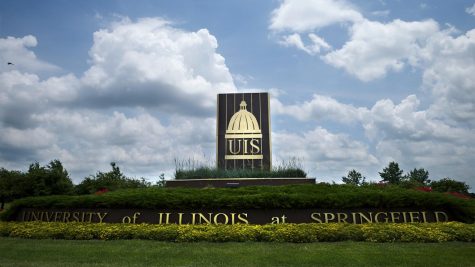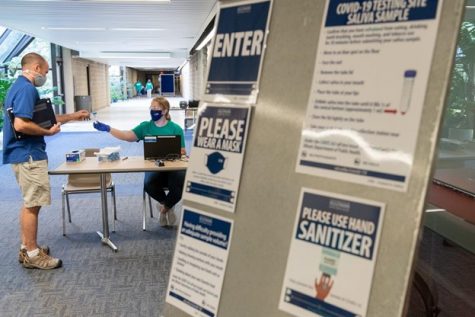COVID-19: Are Things Really Back to Normal?
The longing for a normal lifestyle has encompassed the world since COVID-19 emerged. While many awaited a return to regularity, some more impatiently than others, the advent of such a future appeared distant for a while. The launch of an official vaccine, however, provided concrete hope to millions of people that change was soon to come. Three months later, that happier future has seemingly become reality: spring is near, restaurants and schools are reopening and vaccine results are promising. With over 30 million Americans fully vaccinated and more to come, select government officials suggest advancing toward normalcy.
Furthermore, relaxing COVID mandates – or completely relieving citizens of such enforcement – has become a recurrent topic in the latter days of the pandemic. Texas, Florida, Arkansas and Iowa are among several states to have declared a complete reopening. For these states, reopening indicates an indifference to COVID’s severity — leaving the rest of America to wonder if regular life is truly soon to come.
Of course, the answer to such a question can either be straightforward or incredibly complex, depending on the person being asked. Nonetheless, the most simple answer to that question is: no – not yet. While the nation has undoubtedly made progress, there are a few more roadblocks to be handled before absolute normalcy can be resumed. The official move toward the country’s reopening will entail a much slower process than the one being adopted in the above-mentioned states if safety is to be considered.
As of March 17, cases of COVID-19 have risen more than 10% in over ten states. While regions like the Midwest have experienced slower COVID spread, the eastern portion of America faces a much starker reality. New York, New Jersey and even Rhode Island have seen a doubleing in COVID cases, which is a strong source of concern. Further, as variants continue to spread through the population, precautionary virus containment becomes increasingly harder to manage. Mandating mask usage and encouraging vaccination both continue to be the primary approaches within these states, among others.
The flattening of the pandemic’s curve can certainly be affected by ill-considered missteps. In other words, reopening or lifting restrictions prematurely can critically impact the trajectory of progress and in a large state like Texas, for example, the chance of circulating cases around the country increases greatly. Given that it only takes one person to spread a virus, the damaging effects could be costly to the nation. Rather than embracing such innately counterproductive policies, reaching the final stretch of the pandemic by emphasizing mandates can save time – and, most importantly, lives.
The race to reopen insinuates a quick return to normalcy. While such an optimistic possibility is not entirely far off, there is still some distance to go. With additional time and effort, the reign of the long-winded pandemic is sure to gradually subside, allowing a return to prosperity in the country’s health and wellness.














